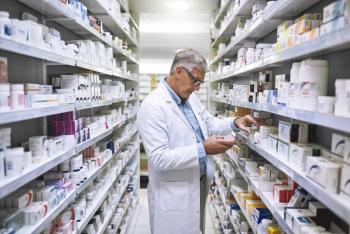
- Volume 0 0
Patient Compliance Difficult in OAB and SUI Markets
A recent urologist survey found that the average dropout rate for overactive bladder (OAB) medications was estimated at 35% in 2004. "On the positive side, this creates opportunities for new medications to make a mark in the market, either by satisfying unmet therapeutic needs or improving the side-effect and safety profile,"said Linda Liu, a research analyst for Frost & Sullivan, who conducted the survey.
Therefore, improved efficacy, enhanced safety profiles, and lower dosages are likely to play an important role in increasing compliance rates. Improving compliance rates and patient persistency is a challenging task for the OAB and stress urinary incontinence (SUI) markets because the intake of medication is based on the patient's perceived quality of life. Because physicians are the first contact for patients with OAB or SUI, pharmaceutical companies need to use training specialists when introducing drugs with different delivery modes. Direct-to-consumer advertising approaches are also building compliance, as well as educational and awareness campaigns.
Articles in this issue
almost 21 years ago
Heart Patients Get More Appropriate Rx Treatment from Cardiologistsalmost 21 years ago
Surgeon General Report Blasts Rx Drug Importing Practicesalmost 21 years ago
Mevacor a Pharmacist-Only OTC? No Way, Advisory Group Tells FDAalmost 21 years ago
Expo Focuses on Caregiver Needsalmost 21 years ago
Early-Month Rx Fatalities Linked to Overworked Pharmacistsalmost 21 years ago
Feds Report Rx Expenditures Rose More Slowly in 2004almost 21 years ago
Rx.com Offers Alternative to PBM Mail Orderalmost 21 years ago
Americans Rate US Health Care as Pooralmost 21 years ago
Pharmacy Security Combo Pack Now Availablealmost 21 years ago
IOM Advocates Tougher Supplement StandardsNewsletter
Stay informed on drug updates, treatment guidelines, and pharmacy practice trends—subscribe to Pharmacy Times for weekly clinical insights.













































































































































































































